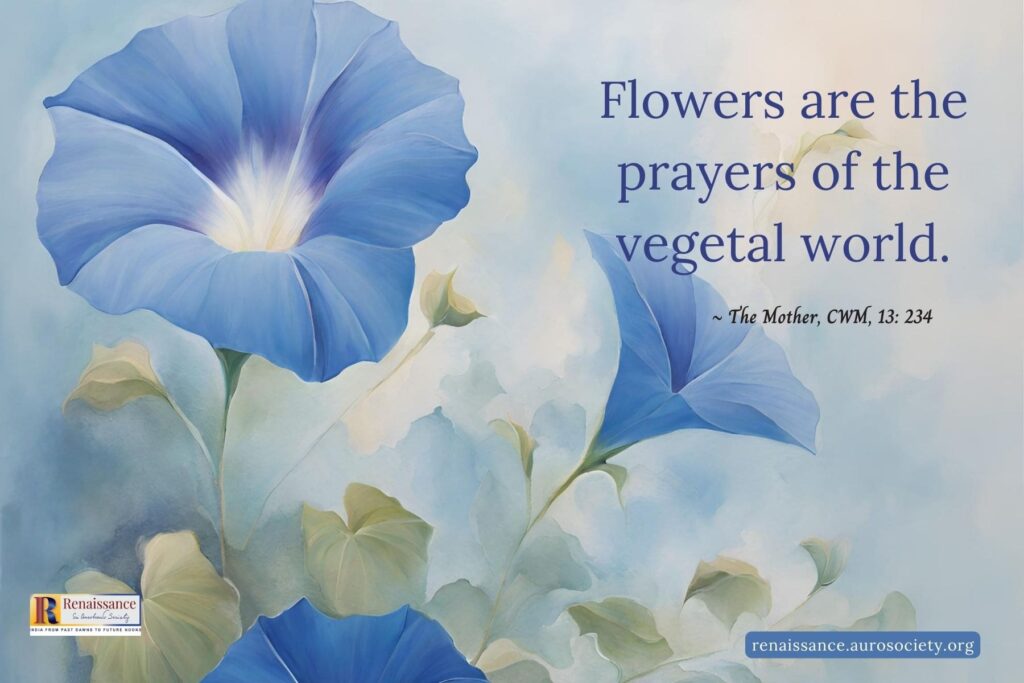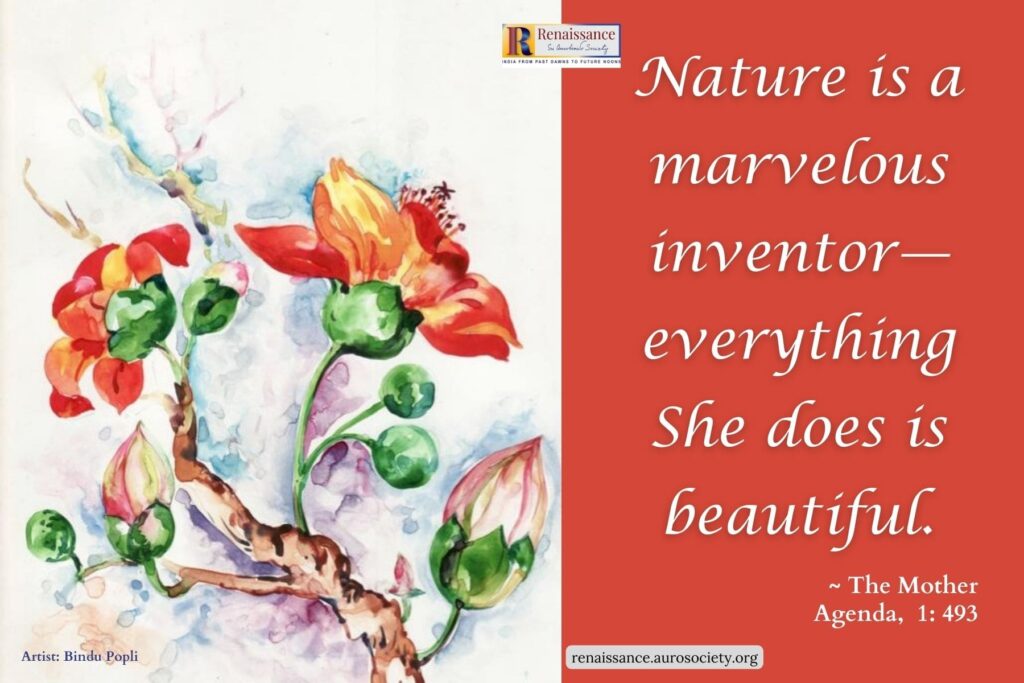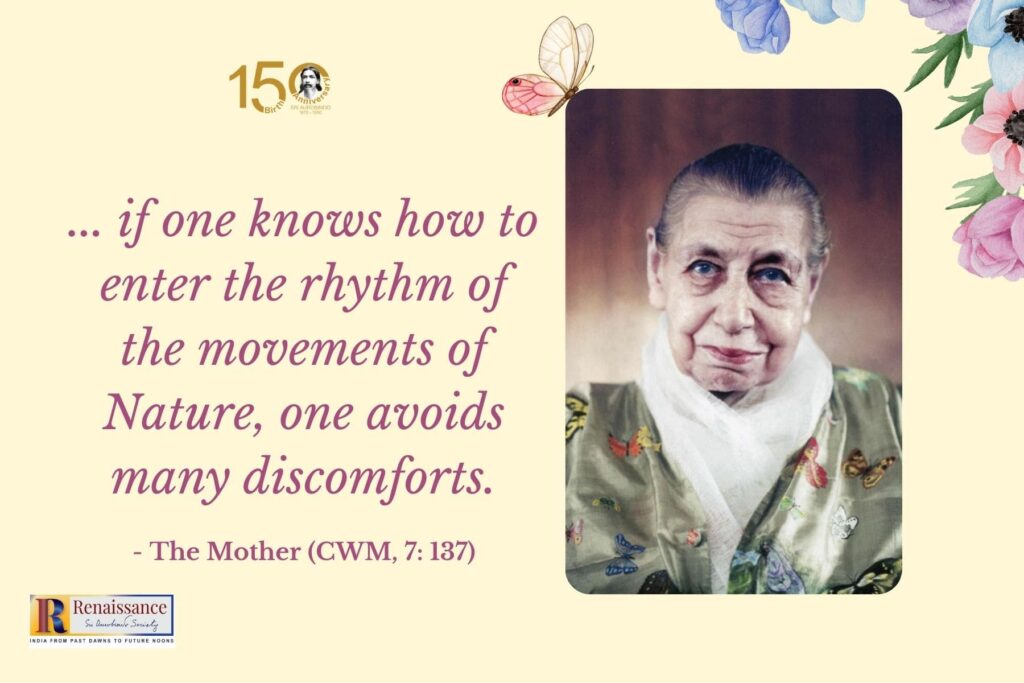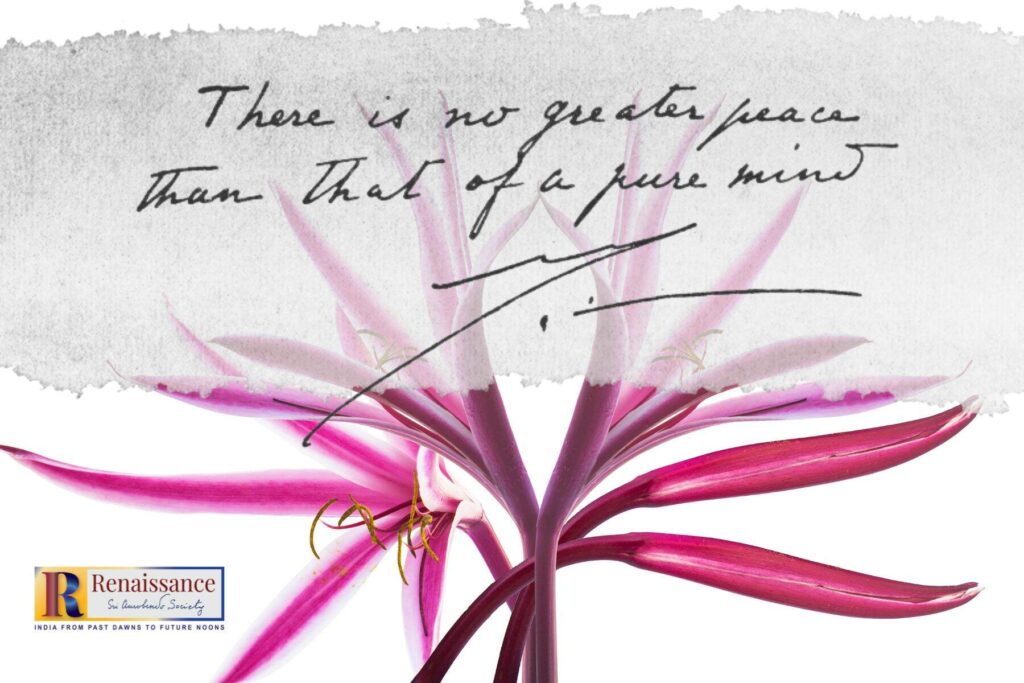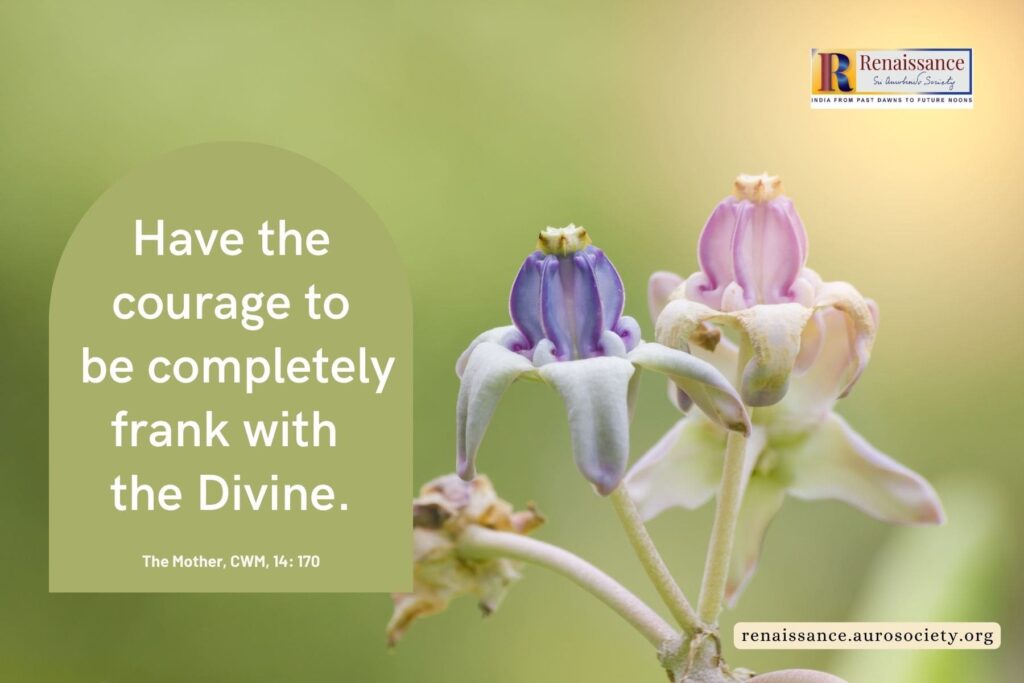“An unseen Presence moulds the oblivious clay.”
We continue our exploration of the theme – Divine in Nature, with a greater focus on communion with material nature as a means to widen our consciousness.
“An unseen Presence moulds the oblivious clay.” Read More »


